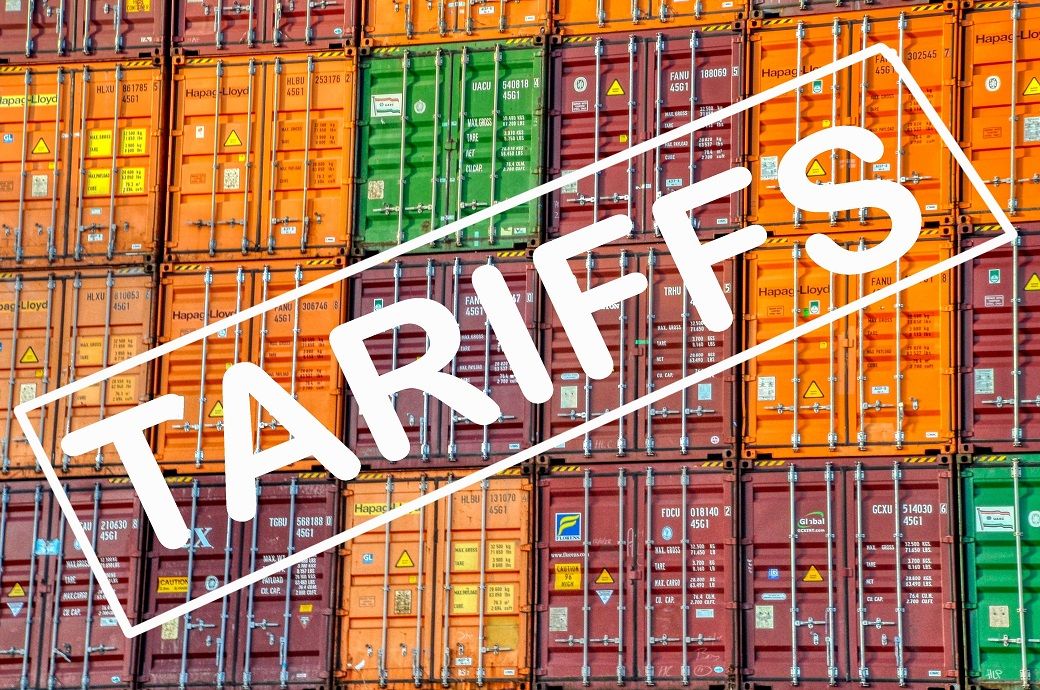Avoiding Tariff Troubles: How Cambodia Helps U.S. Firms Diversify Imports
As U.S. companies continue to grapple with trade tensions and high tariffs from key sourcing nations, a growing number are exploring new import avenues. Among the standout alternatives is Cambodia, which offers attractive trade advantages, strategic geographic positioning, and cost-effective manufacturing.
Diversifying imports through Cambodia is no longer a fringe idea — it’s becoming a mainstream strategy for tariff mitigation. Working closely with a bestsourcing agent Cambodia can help streamline this shift for American importers looking to avoid financial pitfalls caused by trade disputes.
The Tariff Challenge for U.S. Importers
Recent years have seen a slew of tariff hikes between the U.S. and several major trading partners, especially China. Products such as electronics, textiles, industrial machinery, and furniture have all faced increased duties under Section 301 tariffs. For small to mid-sized firms in the U.S., this has created price pressures and weakened competitiveness.
Cambodia, by contrast, benefits from preferential access to U.S. markets through the Generalized System of Preferences (GSP) and favorable ASEAN trade frameworks. This gives U.S. buyers an opportunity to reduce import duties without compromising on quality.
Cambodia’s Key Advantage: Duty-Free Access
While many developing countries face stringent customs charges, Cambodia enjoys duty-free or reduced tariff access to the U.S. under trade preferences. Even after some temporary suspensions, a significant portion of Cambodian exports to the United States — especially in garments and light manufacturing — still qualify for tariff relief.
This means sourcing products through Cambodia can drastically lower landed costs. For example:
-
Textile imports from Cambodia may avoid the high duties applied to Chinese equivalents.
-
Footwear and accessories produced in Cambodia can enter the U.S. with reduced or no tariffs.
-
Plastic and rubber components are increasingly being sourced from Cambodia to avoid Chinese-origin tariffs.
Strategic Role of Sourcing Agents in Diversification
Navigating the shift to a new sourcing market isn’t as simple as switching suppliers. It requires understanding the local landscape, regulations, supply chain logistics, and factory standards. That’s where sourcing agents play a pivotal role.
A bestsourcing agent asia acts as a bridge between American companies and vetted Cambodian suppliers. Their role includes:
-
Evaluating manufacturer reliability and compliance
-
Coordinating factory visits and virtual audits
-
Managing samples and ensuring product specifications
-
Overseeing production timelines and resolving delays
-
Handling documentation that supports GSP eligibility
These services dramatically reduce the risks of importing from a new country, especially for first-time buyers.
Popular Product Categories to Diversify Through Cambodia
A growing number of U.S. businesses are shifting their import portfolios to include Cambodian-made goods. Among the most common categories:
-
Apparel and Garments: Cambodia is one of the top garment exporters in the region.
-
Footwear and Accessories: Brands are leveraging Cambodia’s low-cost labor and experienced labor force.
-
Light Electronics and Cables: Small-batch assembly and accessories are now being sourced from Cambodian factories.
-
Agricultural Products and Food Processing: Demand for Southeast Asian spices, canned goods, and snacks is rising.
-
Home Goods and Furniture: Cambodia is emerging as an alternative supplier for indoor wooden furniture and household items.
A bestsourcing agent Cambodia can help companies find suitable partners for each category while ensuring quality standards and compliance.
Logistics Infrastructure and Export Readiness
Cambodia’s export readiness has improved significantly over the past five years. With upgrades to Phnom Penh Port and Sihanoukville Autonomous Port, along with dry ports and free trade zones, the country now offers competitive freight handling.
Additionally, Cambodian customs processes are being modernized with digital documentation and improved transparency. These changes reduce shipment bottlenecks and shorten lead times — a vital consideration for U.S. importers looking to remain agile.
Agents with experience across the ASEAN logistics network provide vital assistance in managing shipping, customs clearance, and cargo tracking. Choosing a partner who operates as a bestsourcing agent asia ensures regional flexibility, especially when coordinating shipments between Cambodia and neighboring Vietnam or Thailand.
Avoiding Compliance Risks
While Cambodia presents unique benefits, compliance with U.S. trade laws remains essential. Rules of origin, proper documentation for tariff preferences, and maintaining ethical sourcing standards must all be considered. Any oversight can result in fines, shipment delays, or even seizure at U.S. ports.
Engaging a qualified agent to oversee the vetting process, from supplier background checks to document accuracy, helps mitigate such risks. A trusted bestsourcing agent Cambodia can manage these legal and ethical checks without slowing down your operations.
Future Outlook for Cambodia-U.S. Trade
Cambodia’s trade with the United States is expected to expand further in 2025. Increased investment in SEZs, infrastructure, and industrial digitization is laying the groundwork for better sourcing opportunities. American firms are watching this trend closely, and early movers are already enjoying the rewards of tariff-efficient sourcing.
The recent emphasis on bilateral trade diplomacy, along with ASEAN-led agreements, continues to foster an open environment for global business. This makes Cambodia an increasingly attractive node in global supply chains.
Conclusion
For U.S. businesses struggling with high import duties, shifting part of the sourcing strategy to Cambodia offers a smart solution. From apparel and light manufacturing to electronics and agricultural products, Cambodia provides cost-effective access to the U.S. market.
Working with a bestsourcing agent Asia is the best way to manage this transition. With the right local support, importers can benefit from favorable tariff structures while maintaining supply chain agility and product quality.
Avoiding tariff troubles starts with choosing the right country — and the right partner.
